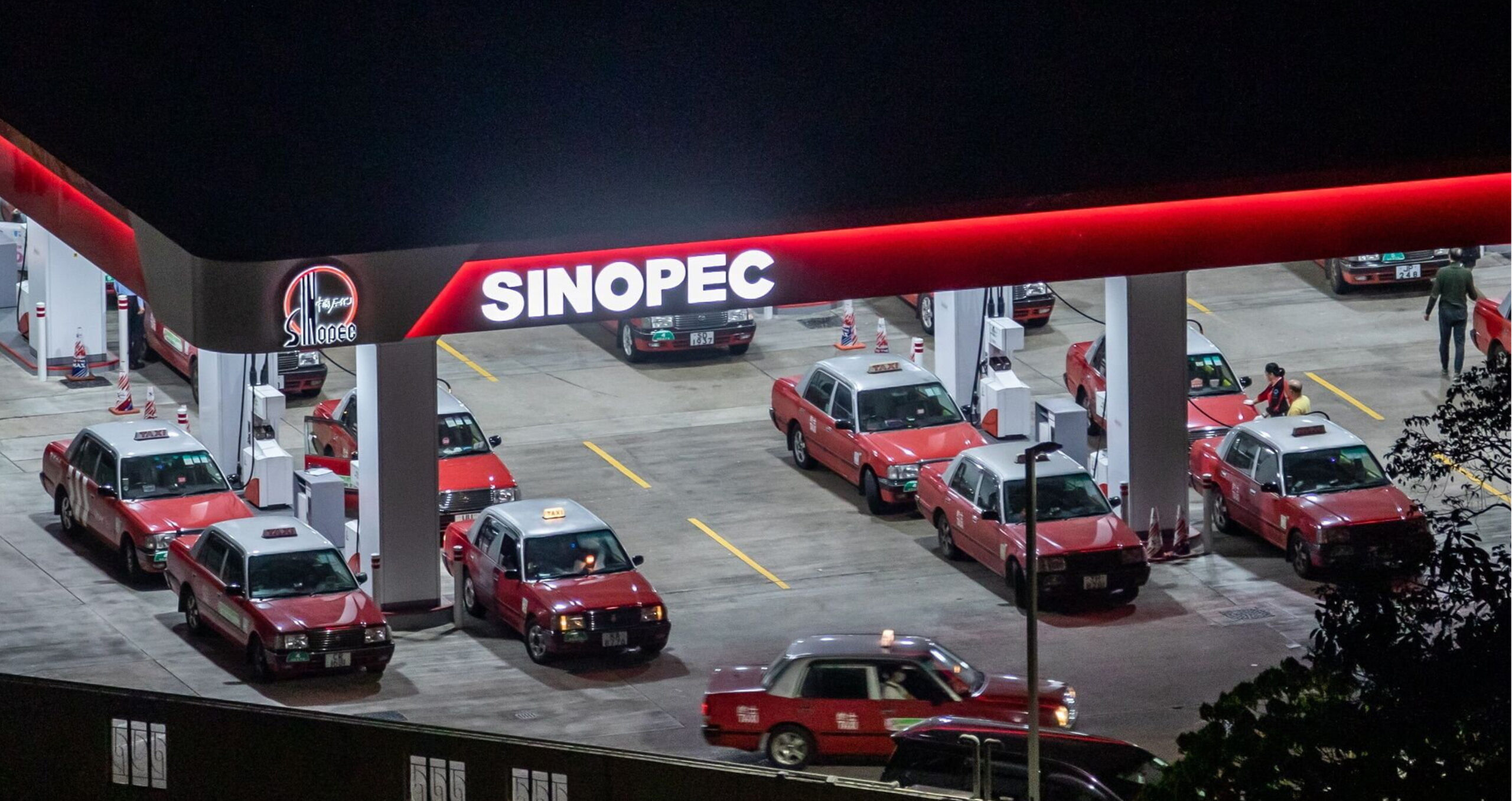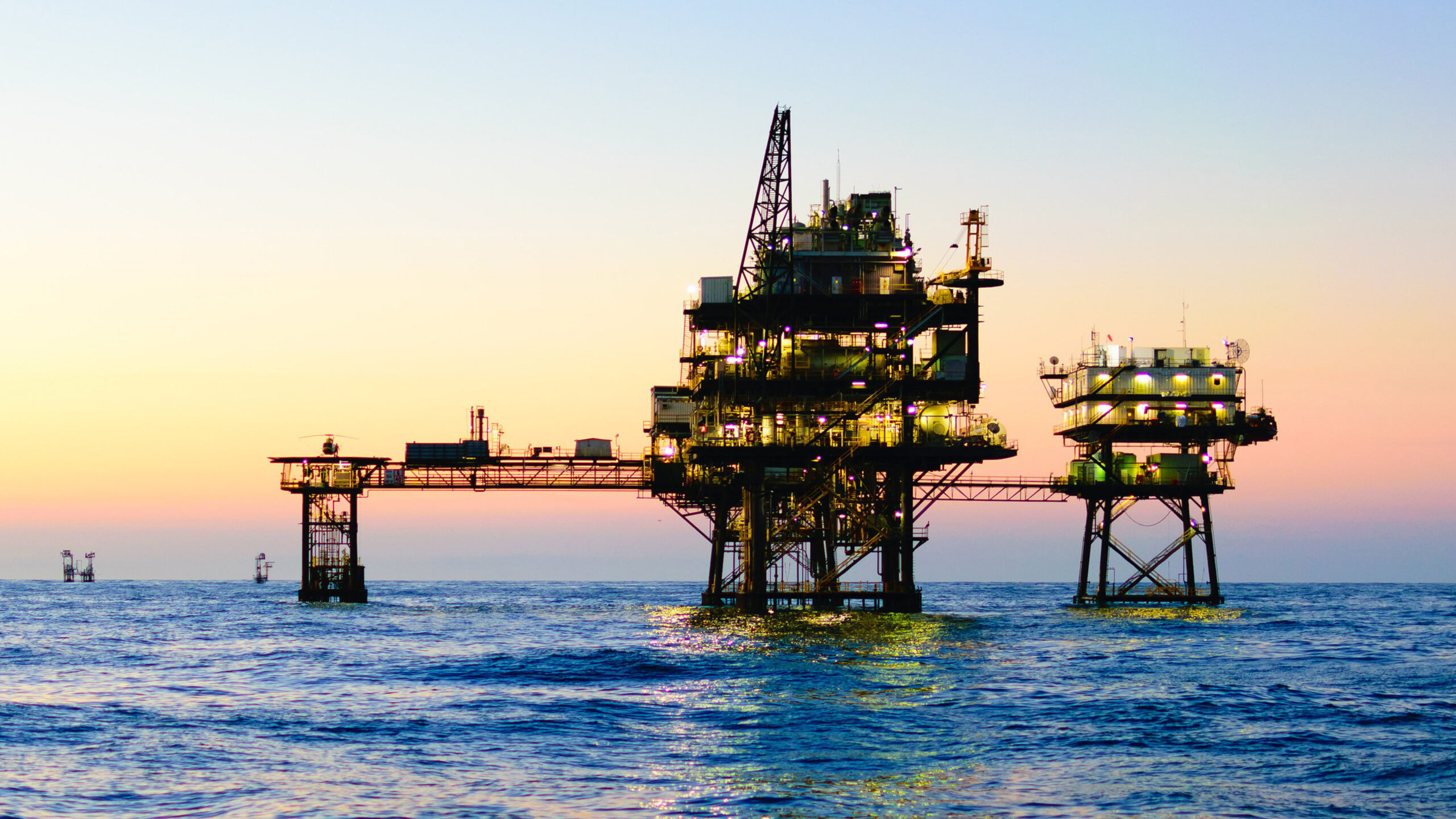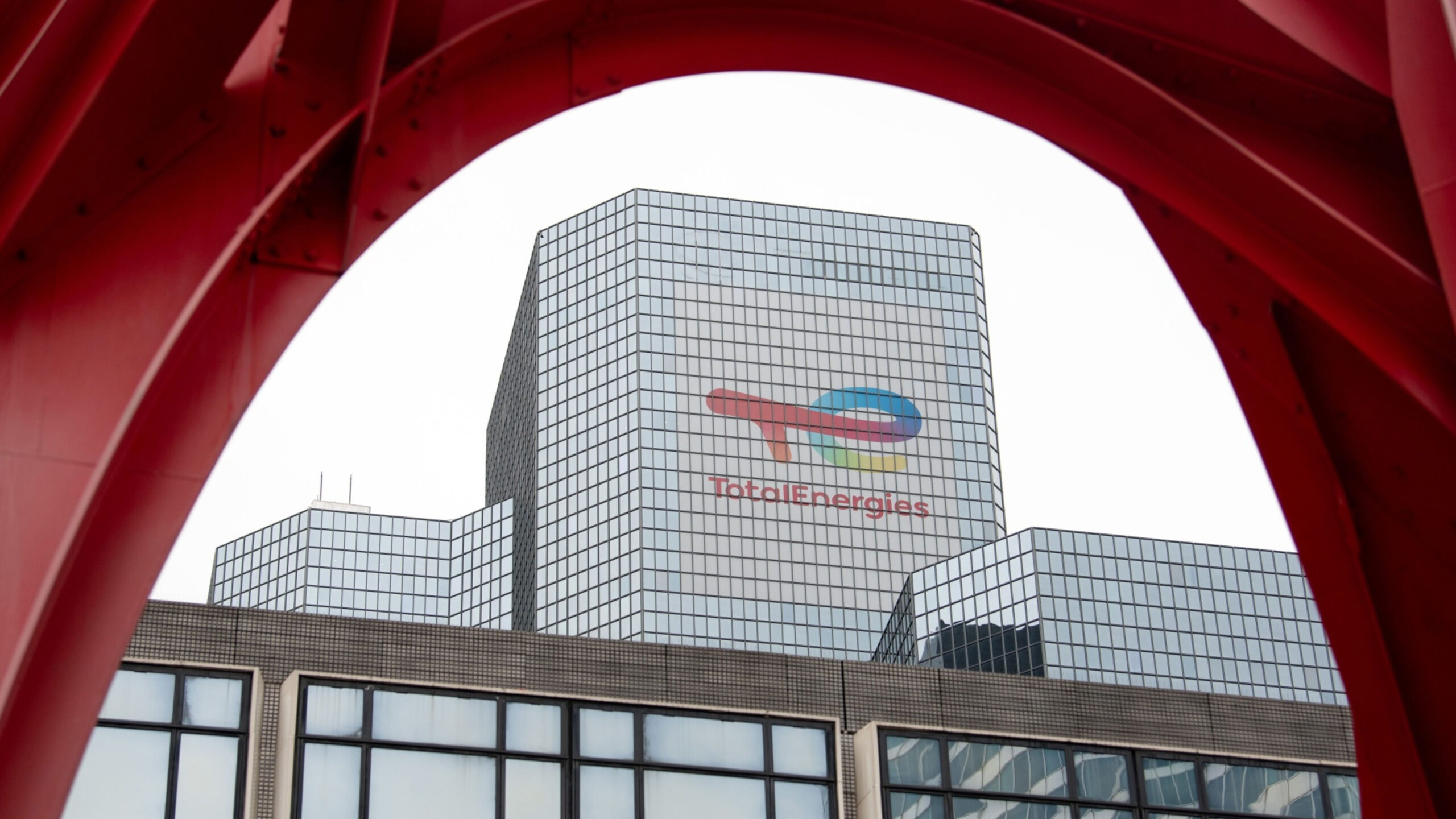

A new report has highlighted the difficulties that oil and gas companies in the Asia-Pacific region may face in securing backing from investors and lenders striving to fulfil net zero commitments.
Asia-Pacific oil and gas companies are lagging global peers in the carbon transition, the Institute for Energy Economics and Financial Analysis has said.
Oil and gas companies are balancing pressure from governments and activists to scale back their legacy activities with a need to meet consumer demand for fossil fuels.
The oil majors — including BP, Shell and TotalEnergies — have set out plans for the transition to renewables. Despite having made pledges on oil reduction and clean energy, which in the case of Shell have been softened, this year’s annual meetings season was dominated by activist disruption.
Some institutional shareholders have even made public their displeasure over the energy giants’ approaches to climate. Legal & General Investment Management voted against Shell’s climate transition plan at its May AGM.
The sector’s peers in the Asia-Pacific region are, however, falling behind in the shift from carbon, according to a report by the IEEFA. Most lack clear plans for decarbonisation and have adopted “a wait-and-see approach to new energy”, it said.
This dragging of feet risks excluding Apac oil and gas companies from critical financing, the research institute warned.
“Lenders, bond investors and other finance facilitators need to change their policies significantly to fulfil net zero commitments, at the same time aligning with the national net zero targets of their home countries,” said Christina Ng, IEEFA’s research and stakeholder engagement leader for debt markets.
“Capital support to the O&G sector in the coming years, particularly on expansion plans, could thus become more elusive.”
Shareholder influence
The Asia-Pacific region meets 10 to 15 per cent of global oil and gas demand, according to the IEEFA, and is also the largest consumer of oil. It is the second-biggest consumer of gas.
The top 20 regional oil and gas producers generate an average of 96 per cent of their turnover directly from oil and gas production and linked activities, it said.
The sector’s shareholders have the ability to influence its green transition, more so than its lenders, because of the generally low gearing levels exhibited by oil and gas, the IEEFA added.
On average, oil and gas companies are more dependent on equity than debt as a source of funding, the report noted. Shareholders usually have voting rights, while bondholders do not.
Low gearing levels are likely due to many of these companies conducting oil and gas exploration, which is a risky and speculative activity. Twenty-four of the 259 oil and gas companies analysed had debt balances of zero, with the average debt balance sitting at $2.2bn.
Lenders and bond investors based in China, including Hong Kong, and India make up around two-thirds of the debt capital of the top 27 borrowers in Apac oil and gas.
This jars with commitments made by the Glasgow Financial Alliance for Net Zero, whose members pledge to reach carbon neutrality by 2050, the report observed. However, Gfanz does not currently have members from China or India.
“As Gfanz membership grows in the coming years, capital raising for [oil and gas] businesses will get harder as more financiers take up the net zero cause,” the IEEFA added.
Chinese companies, meanwhile, have the biggest expansion plans for oil and gas capacity, making up 45 per cent of the region’s growth led by four companies.
The IEEFA highlighted China’s PetroChina, Sinopec and CNOOC, Australia’s Santos and Woodside, and India’s ONGC as having high debt balances and big expansion plans. In aggregate, their borrowings comprise 91 per cent bond financing and 9 per cent from bank loans.
“They are the firms which would need to establish more robust decarbonisation plans in order to ensure ongoing support from lenders, given the increasing focus of financial institutions on the carbon footprint of their own operations and those of their investees, borrowers and clients,” the IEEFA warned.
Similar Articles

In Brief: EU directs funds to sustainable fisheries; ethical tax standards released

In Charts: Canada, Japan, South Korea ‘blocking clean energy transition’ with fossil fuel finance


